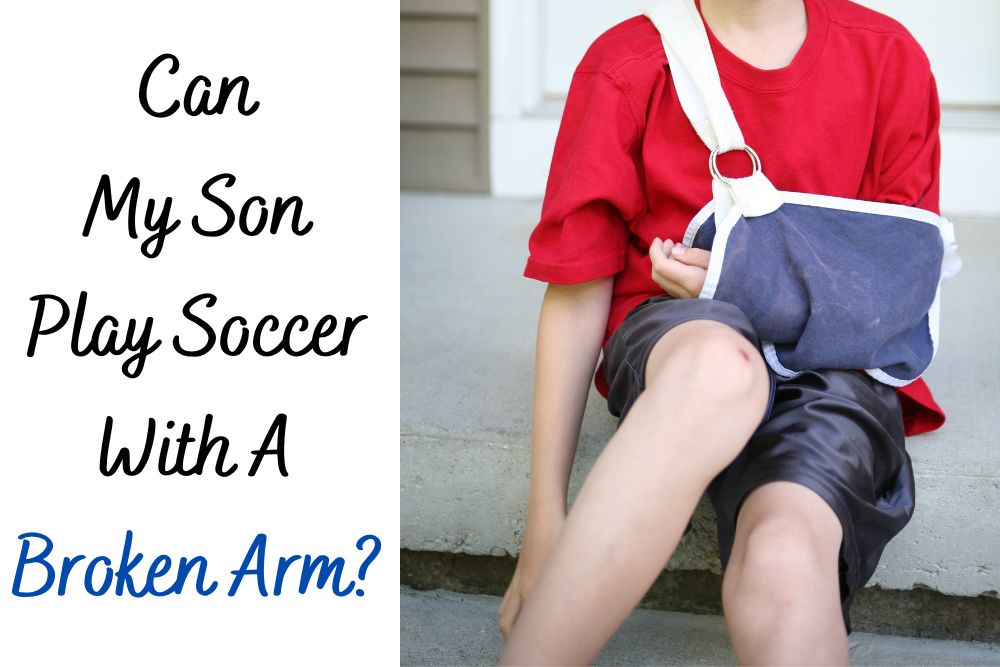The world of soccer has expanded beyond just being a sport, it is often seen as a culture among the world populace. In different parts of the globe today, people of different ages and gender enjoy either watching or playing the sport.
Soccer has become so massive that it even has other variant forms which were skillfully created to draw away crowds from association football. Beach soccer, indoor soccer, futsal, and freestyle soccer are some of the numerous variants of soccer.
The level of participation in association football and all other forms of soccer among children and adults has grown massively. Everybody now wishes to be identified with the most populous sport in the world.
The rules of soccer don’t permit soccer players to use their hands while playing except during special occasions in the game. Only goalkeepers are allowed to freely hold the ball with their hands within their penalty area.
Nevertheless, a soccer player still needs his or her arms for full support and stamina while playing. Recall that for one part of the body to function properly, its significant other must be present and in good working condition.
For a fast-paced game like soccer, soccer players need all the stamina they can muster to tackle, dribble, perform passes, and carry out all the numerous activities involved.
Even though soccer looks relatively safe, injuries are bound to occur especially when it is played among children, this is because of the constant physical contact and struggle for the soccer ball.
In some cases, injuries sustained are minor while in other cases they go as far as a cracked skull, broken arms, or legs.
If a kid’s arm gets broken while playing soccer, it often raises a level of concern among their parents or guardians. One question they will ask is whether their kid could still play soccer in their current state or if the broken arm should be allowed to completely heal first.
We have discussed in this article the possibilities of a soccer player playing the game with a broken arm, the possible outcomes if he or she insists on playing, and the probable dangers linked to playing soccer with an injury.
Quick Navigation
Can I play soccer with a broken hand?
Many things are bound to go wrong if you keep playing soccer with bad injuries like a broken hand or leg. As of 2019 Real Madrid’s winger Gareth Frank Bale had endured a total of 25 injuries that seriously affected his form and general physique.
The constant sharp pain that players usually feel when playing soccer with an active injury can cause their brains to shut down momentarily.
That is why you will often see players sit on the pitch and wave towards the technical area for them to be substituted if they have severe injuries that will make it hard for them to continue. If professional soccer players can beg to be substituted when injured, it is definitely a bad idea for kids to risk playing with an injury.
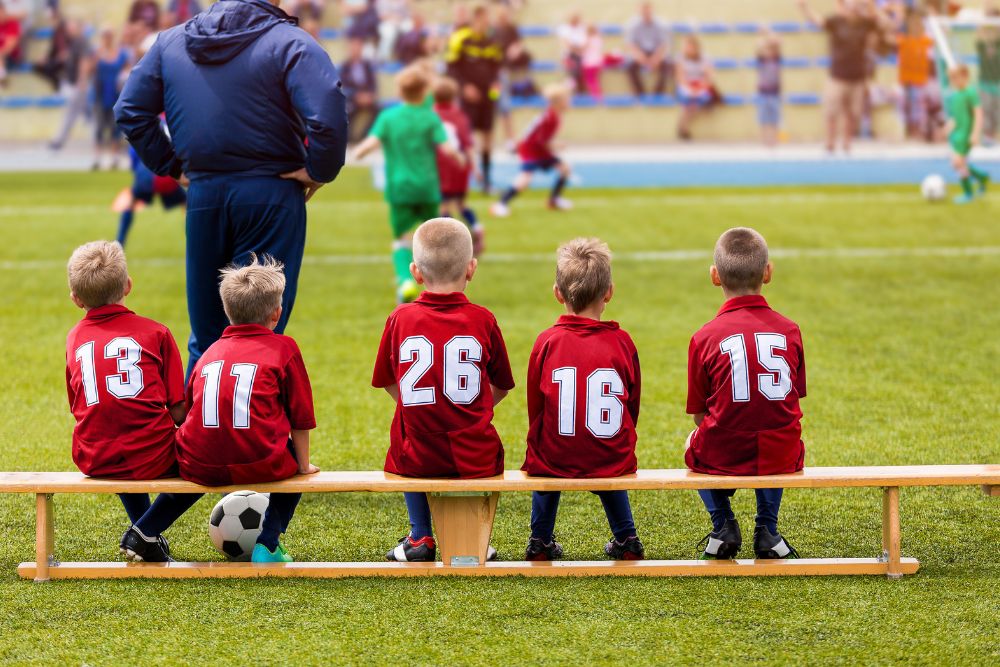
In soccer, the hands, although not used very actively, are significant for a soccer player’s overall strength, momentum, and balance. If your son with a broken arm happens to be the goalkeeper of his team, there is no way he will make it to the starting lineup.
Trying to play soccer with a broken hand will always be a huge risk to you and other players on the soccer field. Your coach and management would never allow such a thing to happen even if you are the most talented and skilled player on the team, this is usually the same in other variants of soccer.
A soccer player with a good balance will be very difficult to knock down, the player will also have a great level of agility and speed, and can easily perform dribbling and other fantastic skills on the pitch.
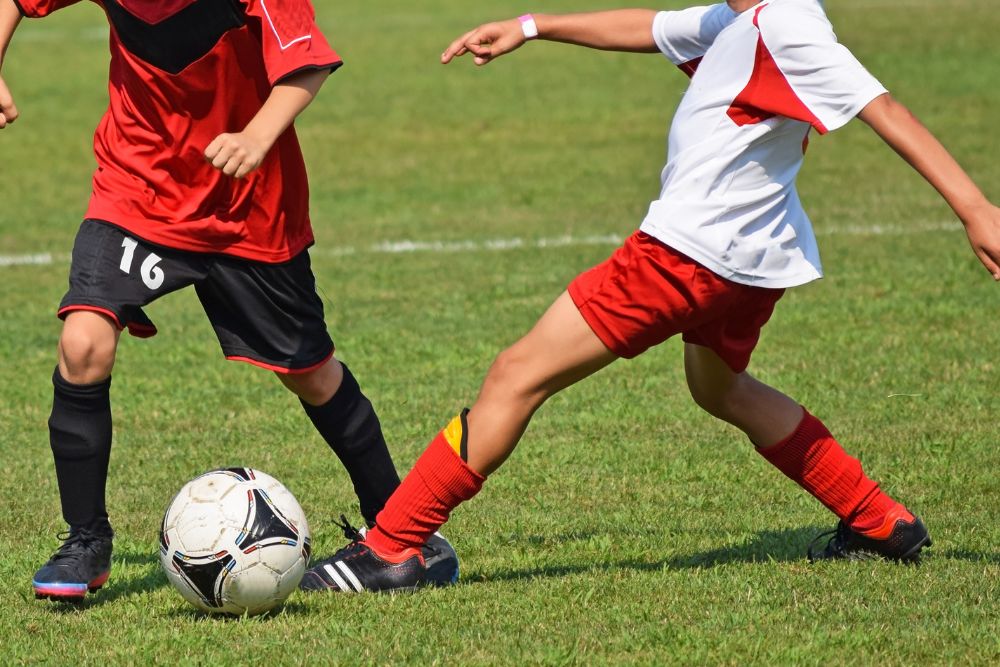
When playing soccer, the hands are usually good tools that support a soccer player’s stature when shielding the ball and making sure defenders and other opponents don’t retrieve it.
When soccer players, especially goalkeepers sustain an injury on their hands, they usually feel bad because they know it will keep them off the sport for a while. A broken hand is not an injury that can be easily overlooked.
Nevertheless, a hand injury wouldn’t keep a soccer player away from the field all their life but for a few weeks or months depending on the severity of the broken fracture.
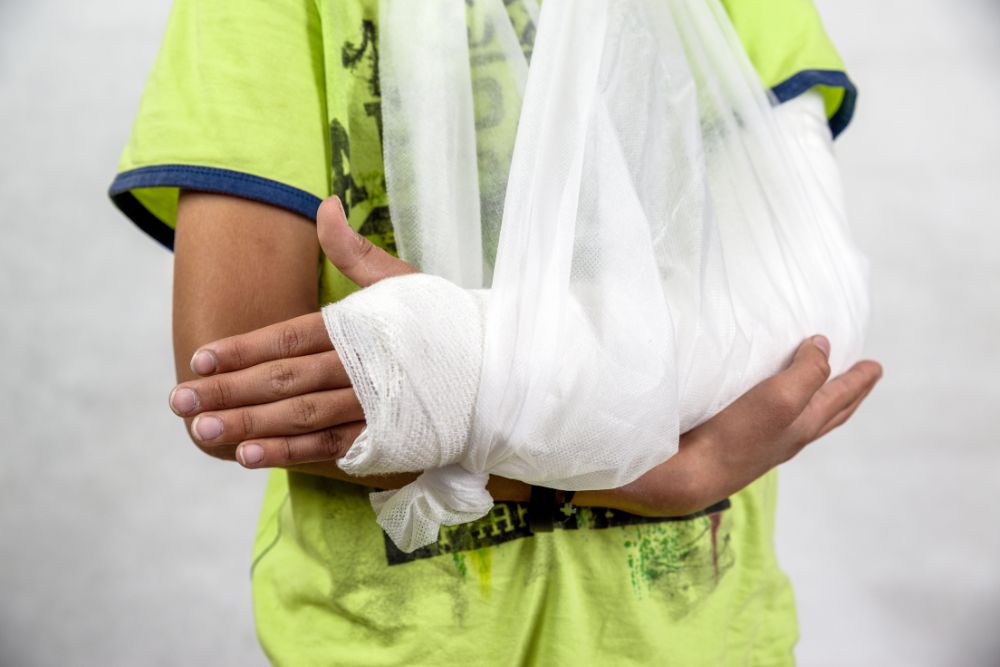
Studies show that soccer players who experience a broken hand injury in their soccer careers usually return and play as well as they played before sustaining the injury.
Injuries like leg fractures require more time to heal than broken hands. Also, according to studies, soccer players who sustained a fracture on their foot, leg, or ankles often stay off the game for about 26 weeks.
On the other hand, soccer players that sustain broken hands, forearm, and finger injuries usually stay off the game for about 9 weeks before resuming play.
If a soccer player breaks his or her hand, splints, casts, or braces may be used to protect the hand through its healing process. Under normal circumstances, it usually takes about 3-6 weeks for broken bones to heal completely.
You can still play a little bit of soccer during your healing period but not competitively because there is usually a high risk of incurring more injuries and probably causing injury to other players on the pitch using the cast.
Injuries heal faster when you have a long period of rest and do not engage in strenuous activities. Soccer players are always advised to stay off the sport and only resume when their hands are completely healed.
Can my son play soccer with a broken arm?
Kids are well-known for their hyperactive nature, they might leap too high or run too fast and when they fall hard on the ground, they stand a higher chance of breaking a bone.
Studies show that hands and forearms are the most susceptible to fractures sustained by children. This is because they lay out their hands when they fall, endangering their elbows and forearms.
A kid can play other games with a broken arm but not soccer. After all, numerous toys can be handled with one hand.
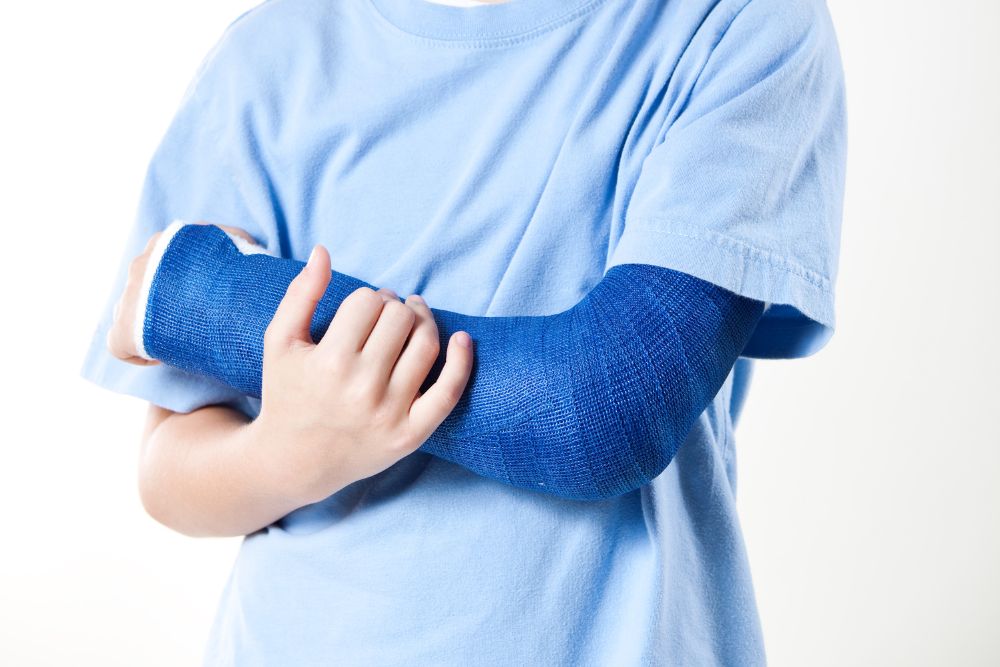
Considering the risk of causing injury to other players or sustaining more injuries, kids with broken arms are usually restricted from playing soccer until they are properly healed.
Although kids will always love to play soccer even in their injured state, it is the responsibility of their parents or guardians to restrict them from playing and also make them realize the dangers attached to playing soccer with a broken arm.
If a child feels bored during their time of healing, parents can initiate activities like watching TV with them, playing board games, crafts, arts, reading books, and coloring. This will keep the kid’s minds off soccer for the time being and also make their healing process faster.
Can you play soccer with a broken wrist?
A soccer player is prone to numerous falls and collisions which can often result in a broken wrist. This causes a level of pain and discomfort making it very difficult to continue playing.
A soccer player with a broken wrist can play soccer provided there is no cast on the fractured wrist. A fractured wrist can mandate a soccer player to rest from the sport until the broken wrist is completely healed.
According to the Law of the Game, soccer players are not allowed to come into the field with any accessory that can cause injury to other players. It may be up to the referee to decide if your kid can play after examining the type of bandage used on the wrist.
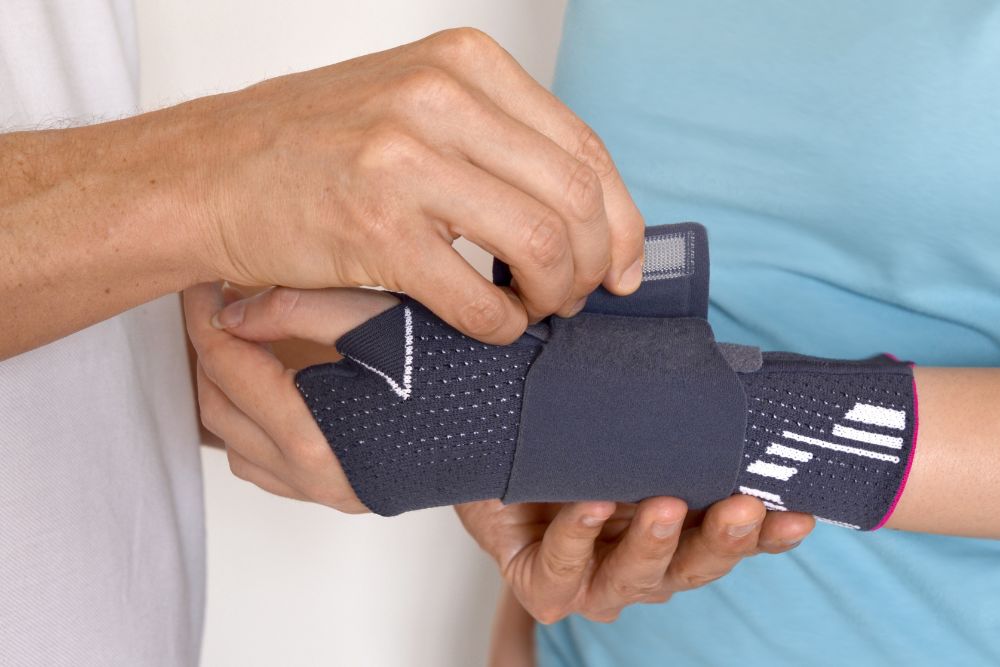
The buckle or greenstick fracture that occurs at the tail end of the radius bone very close to the wrist is one of the most common wrist fractures sustained by soccer players.
A soccer player with this nature of the injury may resume training after about 1-2 weeks but full recovery will often occur after 4 weeks if a short arm cast is applied. The cast should be well-padded if they insist on participating in soccer matches.
Another form of fracture experienced among soccer players takes place in the scaphoid bone of the wrist. This injury does not heal as fast as the greenstick fracture, it takes a longer healing period of about 6 weeks in a cast.
Colles fracture is a wrist injury associated with soccer players. It occurs when there is a break in the radius near the wrist and is often caused by powerful blows to the wrist.
A soccer player who sustains this form of injury is likely to wear a splint for about 3-5 weeks.
Sometimes, a soccer player might be required to wear a cast for a longer period, usually about 6-8 weeks for a full recovery. If the first cast gets loose, a second cast is used to make the swelling go down.
This fracture can be treated using closed reduction; a treatment applied to set a broken bone without using surgery, it involves the use of pins and plate insertions to help hold the soccer players’ bones in place.
To quicken the healing process especially if surgery is involved, soccer players must constantly exercise their elbows, fingers, and shoulders, and also be in constant communication with their health professionals on important actions to indulge in.
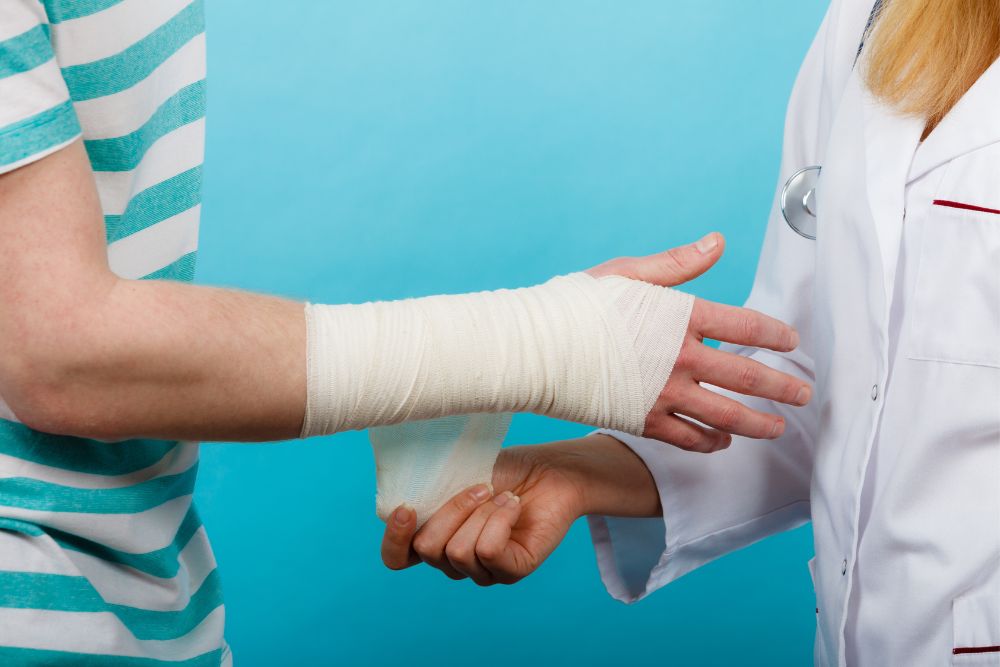
Consulting a physiotherapist is not a bad idea. If surgery is not involved, a soccer player may carry out frequent wrist motions to prevent the fracture from shifting or unbending the wrist.
If surgery is involved, a soccer player is often advised to start physical therapy very early to prevent wrist stiffness.
A soccer player should adequately seek medical care after suffering a wrist injury as its healing process is usually slow. Not taking proper care of a fractured wrist can seriously escalate the state of the injury to a level where only surgery can fix it.
Can my son play soccer with a cast?
The location and the severity of an injury sustained determine whether a kid can fully participate in soccer matches.
If a kid breaks his legs, ankle, or foot, the chances of his continuous participation in soccer are usually very low. Healthcare professionals generally do not recommend it.
Little consideration for soccer participation can be given to kids who sustain injuries such as broken wrists, arms, or hands since they don’t necessarily use those body parts during soccer activities.
When a kid breaks his hand or arm, a splint or a cast in most cases is applied to the affected area. If the injury and cast allow the kid to function properly in the field, he is allowed to play but he must first get approval from a certified medical professional.
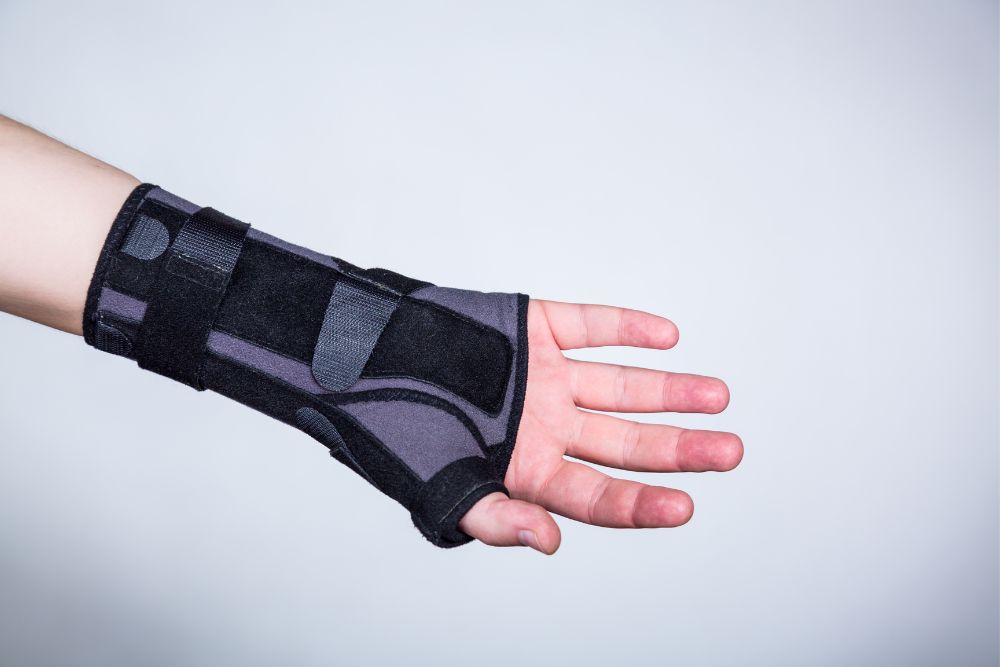
If a medical doctor examines and approves that the kid can play soccer irrespective of the injury and the cast placed on it, then he is good to go. The degree of the injury determines if and when the kid will be able to start playing soccer with a cast—and the minimum is usually about 1 to 2 weeks.
Nevertheless, the coach or referee has the final say on whether a kid can participate in a soccer match while wearing a cast.
The Canadian Soccer Association has a policy concerning soccer players wearing casts. It states that hard plaster cast poses a threat to both the soccer player wearing them and to other players therefore it is not permitted. A padded hard plaster cast is usually very dangerous.
Soccer players can be allowed to wear a soft cast as long as it doesn’t pose a danger to the player wearing it and other players on the field.
The National Federation of State High School Association’s (NFSA) guidelines require that a padded cast must cover any hard material and that a cast be covered with a closed-cell high-density polyurethane about half an inch or with any material of the same nature.
If a player can function properly without difficulties and their action complies with the rules of the National Federation of State High School Association, with written medical approval, he can participate in soccer wearing a cast.
Can you play soccer with an arm brace?
Arm braces are used after sustaining an arm injury. It is worn to help prevent random movement of the arm without destroying the healing tissue during treatment. The type of arm brace usually worn is dependent on the type of arm injury sustained.
Some arm braces are made with breathable soft materials that allow for comfort, optimal fit, and flexibility. Putting on an arm brace can be allowed in soccer once the soccer player presents medical approval from a certified medical professional and the referee sees that they will not pose a threat to other players in the game.
Wearing an arm brace should not stop a soccer player from playing soccer if it is not a danger to them and other players on the pitch.
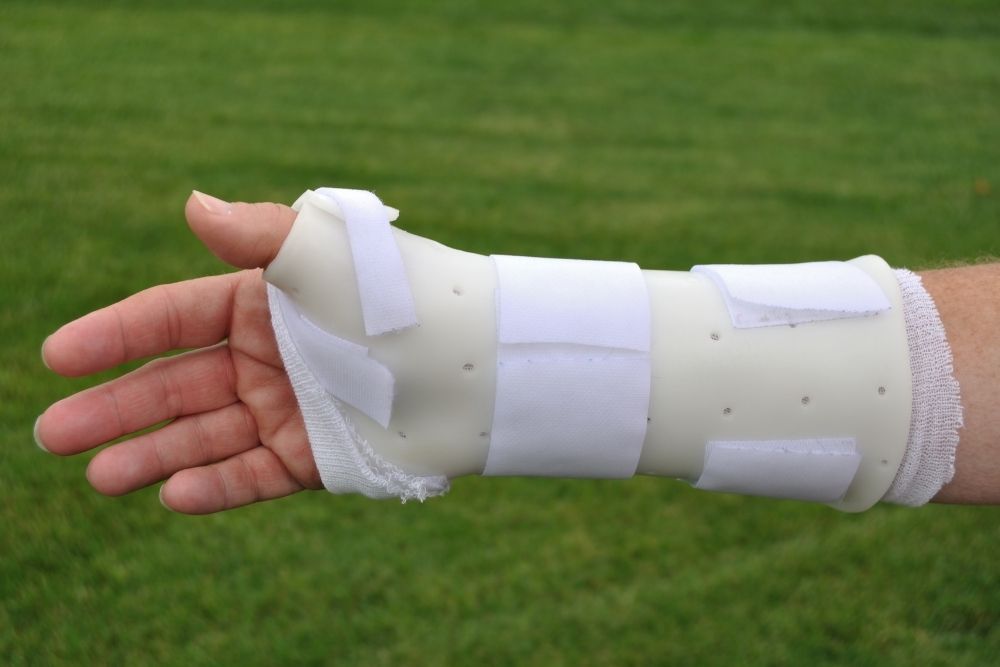
Conclusion
Injuries have always been a part of soccer since its inception regardless of how a soccer player tries to avoid them—they are inevitable.
Soccer players feel sad when their teammates are set aside in a soccer match due to an injury. Some soccer players often believe that they can still contribute their best irrespective of the injury they might have sustained, especially when it is around the forearms, wrist, or hands.
Nevertheless, medical professionals usually advise that any injury sustained should be properly treated and allowed to heal before engaging in soccer matches so as not to incur more injuries and also for optimal performance.
Regardless of how much you love being in the game, you have to let yourself heal completely because that is the only time you will perform optimally. The longer you force your way into the game, the more you prolong your healing process.
Hi there, I’m Jay.
Soccer is everything in my life! My friends and I have created this blog with all our enthusiasm, passion, and understanding after years of playing pro soccer. Hope you will enjoy it!
